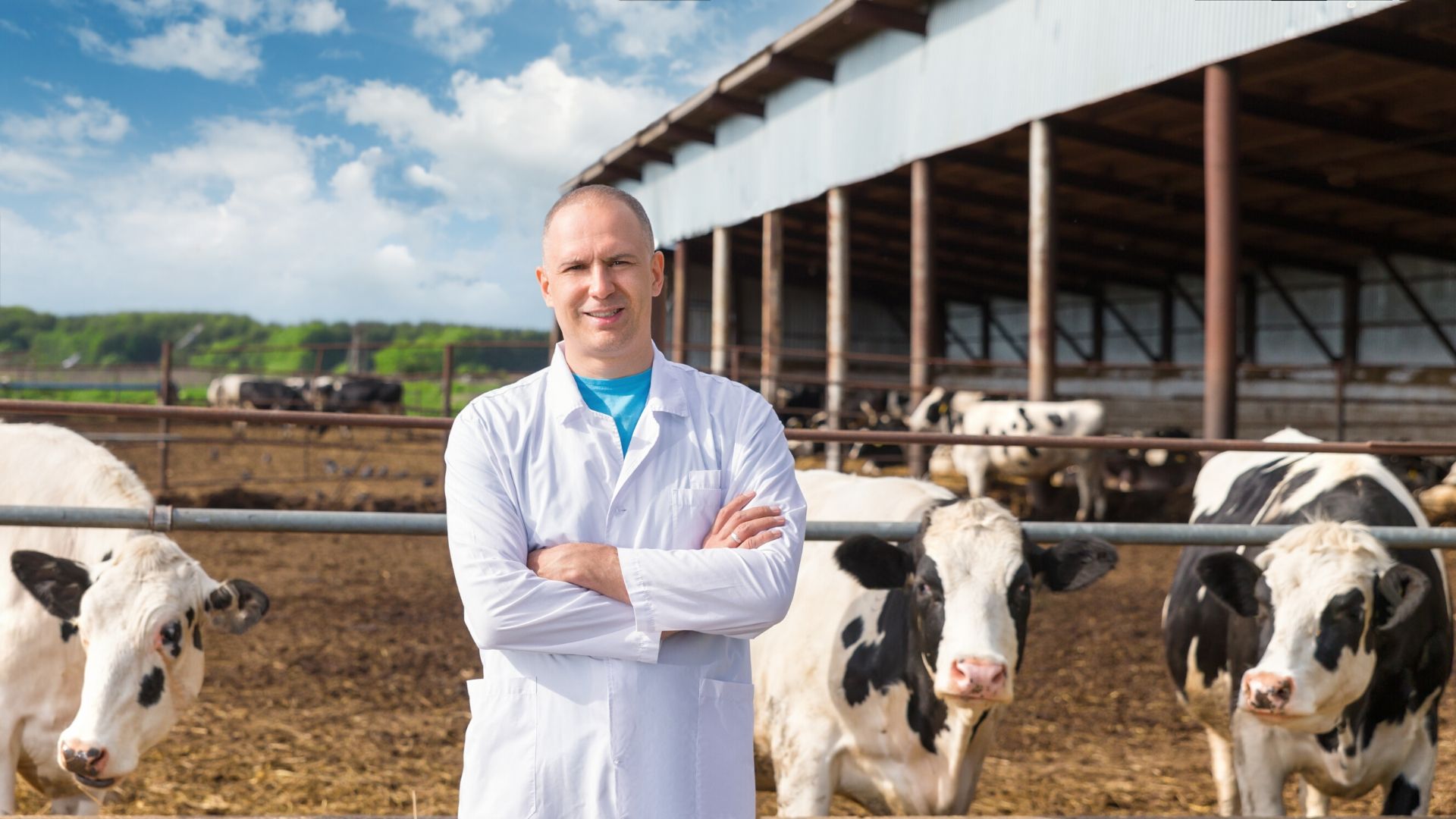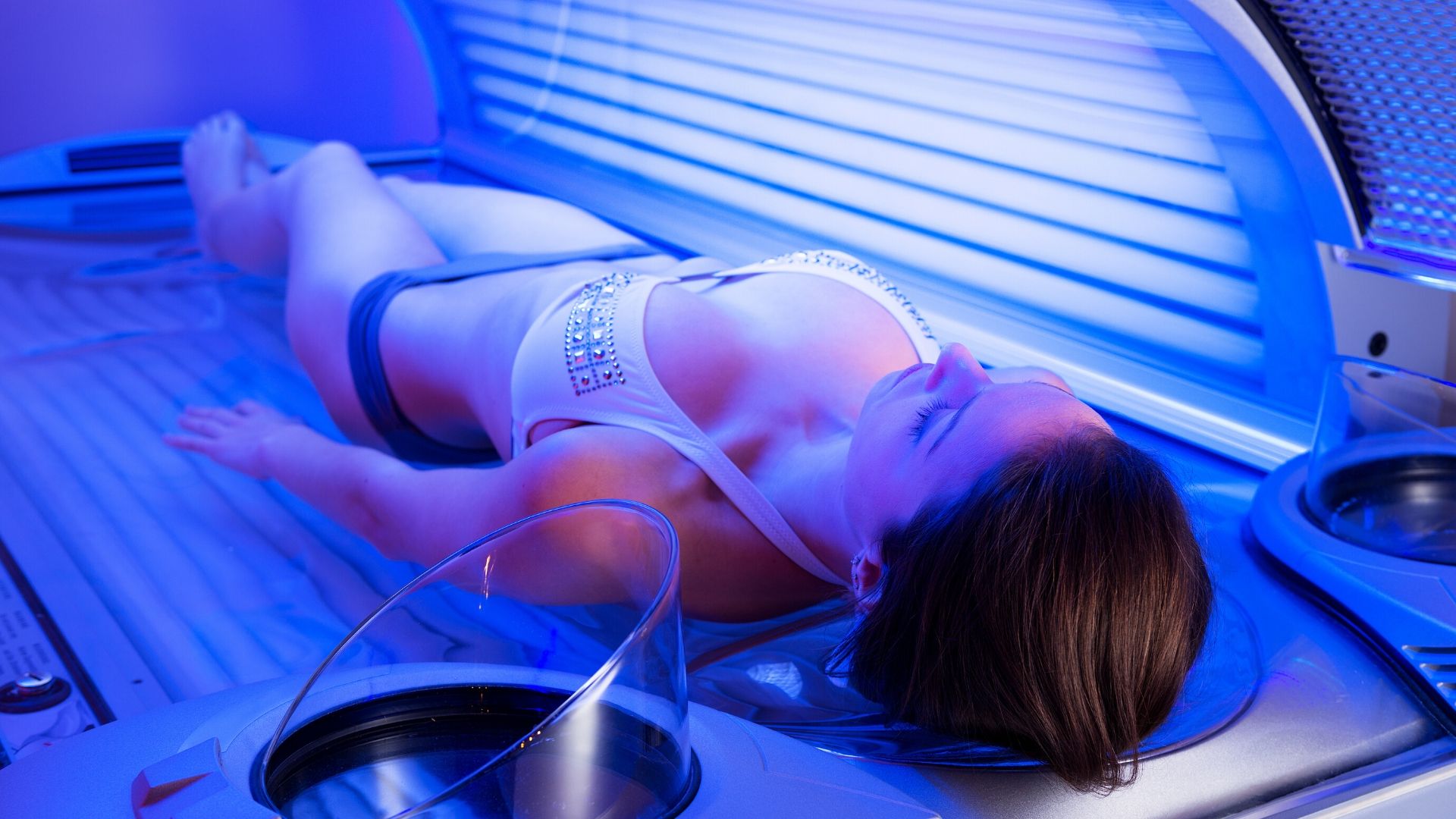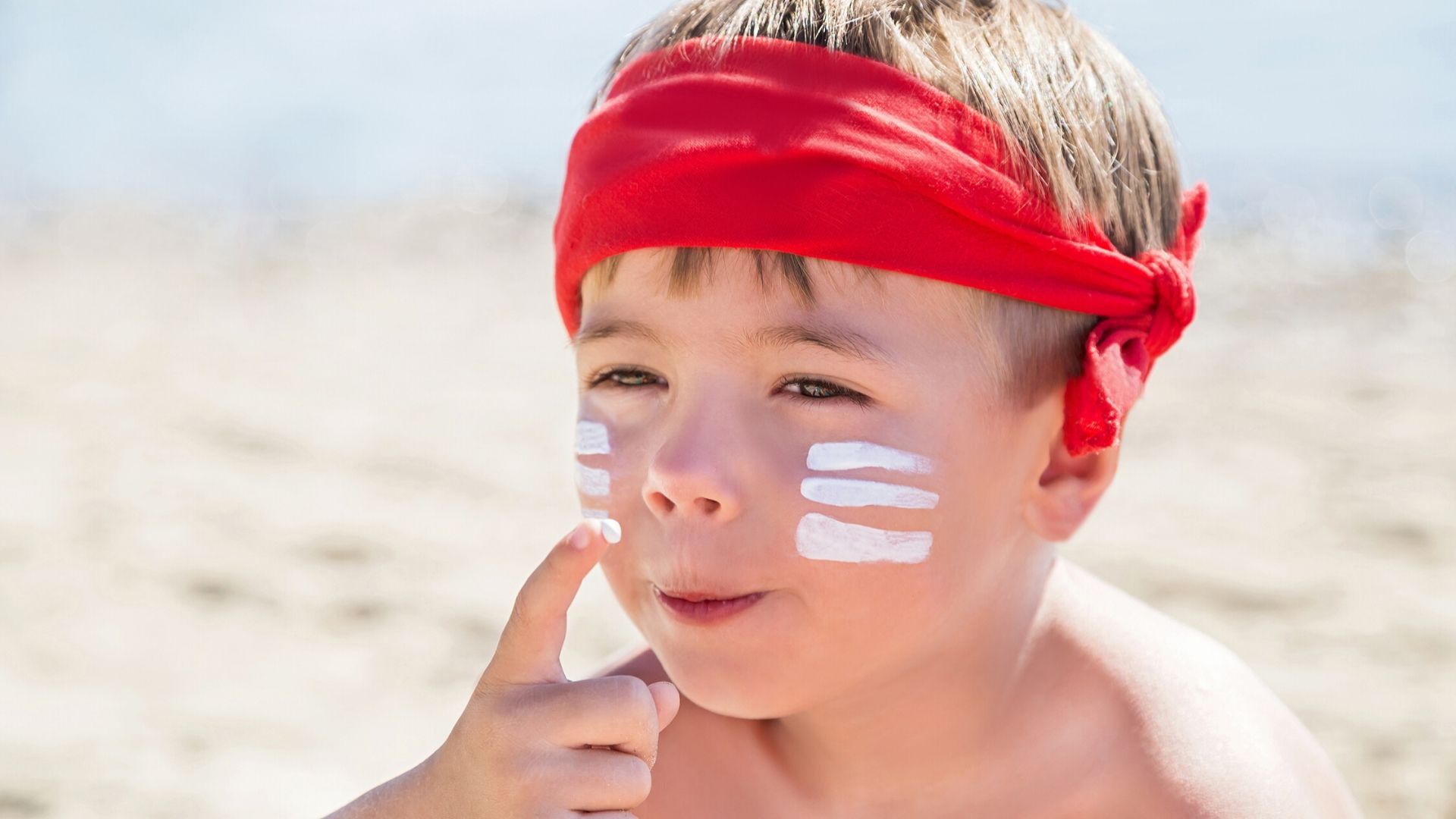SunSmart Code
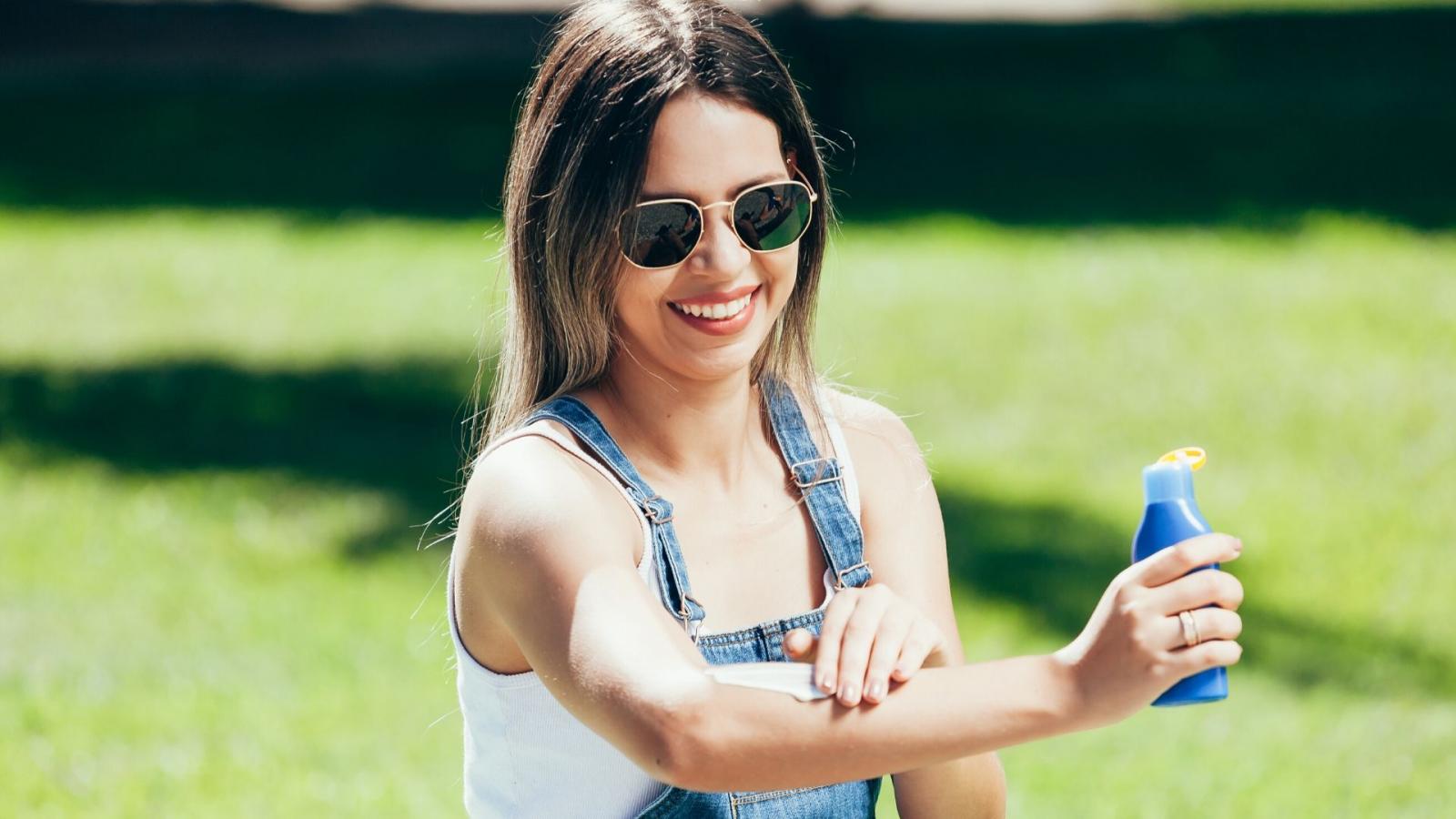
Protect your skin from UV damage with the SunSmart Code
Getting too much sun can be harmful whatever your age. It exposes your skin to ultra violet radiation (UV rays) that can damage your skin and lead to skin cancer. With good protection against UV rays, most cases of skin cancer could be avoided.
This doesn’t mean you have to avoid the sun completely. Sun exposure is the best natural source of vitamin D and is important for general health. You can still go for walks, enjoy the garden and get involved in all of the things you enjoy doing outdoors. Just make sure to think about how you will protect your skin when outside.
If you have children under your care it is especially important to think about protecting them too.
- More about keeping children safe from the sun.
You probably protect your skin when on holidays abroad or on really hot sunny days at home. But that isn’t enough. When in Ireland get into the habit of protecting your skin every day from April to September, whatever the weather.
Even in spring and autumn, when the weather is still cool, UV levels can high enough to cause damage. Using sunscreen alone is not enough.
The SunSmart code tells you to seek shade, cover up, wear sunglasses and sunscreen and check the UV Index to get the best protection possible.
Step 1: Seek some shade
Spending time in the shade is the most effective obvious thing you can do to avoid being in the sun too long. Good shade can give up to 75% protection from UV rays.
Good shade needs to protect from direct and indirect UV rays. It also needs to be comfortable and attractive.
When outdoors, UV rays can reach you in one of two ways:
- Directly from the sun.
- Indirectly scattered by clouds or particles in the atmosphere. They can also reflect from surfaces like snow, sea water and concrete.
Some UV rays can pass through windows. Generally car, home and office windows block most UVB rays but less of the UVA rays. As a result UV radiation that comes through windows probably doesn’t pose a great risk to most people unless they spend long periods of time close to a window.
If you are someone who sits at a window all day or drives a lot in the course of your day, you need to use clothes and sunscreen to protect your skin.
Step 2: Slip on some clothes
One of the simplest things you can do to protect your skin from UV rays is to cover it with clothes.
Choose clothes that cover as much skin as possible. For example, wear a shirt with a collar, three-quarter length sleeves and three-quarter length trousers.
Some fabrics give better UV protection than others. Here is information about what to consider when deciding what to wear:
Clothing offering better sun protection:
- Linen, cotton and hemp let less UV rays through.
- Dark clothes block more UV rays than light coloured clothes.
- UPF* clothes block UV rays from passing through.
Clothing that doesn't offer much sun protection:
- Stretched fabrics let more UV rays through to skin.
- Wet fabrics let more UV rays through to skin.
- Old threadbare fabrics let more UV rays through to skin.
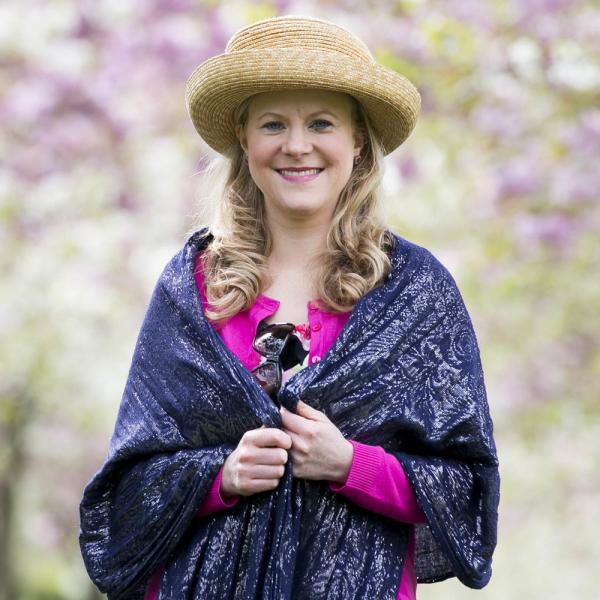
Slap on a hat
Make sure the hat gives shade to the face, neck, head and ears. A baseball hat is not ideal as it does not give enough shade. Good examples are a broad brimmed, bucket or legionnaire style hat.
Choose a hat for a child that is comfortable and that they like. This way they are more likely to wear it. However, you may have to insist that they wear the hat as part of their outfit before it becomes a habit. Being a good role model will help too.
Ultraviolet Protection Factor (UPF)
Some manufacturers produce clothes and hats especially treated to block UV rays from reaching the skin. You will notice these clothes particularly in beach wear for children. They generally come with the UPF ratings.
No UPF clothing will give 100% protection from UV rays and so need to be used with shade and sunscreen.
Here are the UPF ratings for clothes:
- UPF 15-24: Blocks 93.3-95% UV radiation.
- UPF 25-39: Blocks 96-97.4% UV radiation.
- 40 and over: Blocks 97.5% or more UV radiation.
Source: Standards Australia 1996
Step 3: Wear sunglasses
Your eyes can be damaged by UV rays too.
- Short-term UV exposure can result in mild irritation, difficulty with bright lights, excessive blinking and sunburn of the part of the eye known as the cornea.
- Long-term exposure can result in cataracts and cancer.
Choosing to wear a hat that gives shade to the eyes and sunglasses that give UV protection can help protect your eyes from these conditions.
Eye damage from UV rays can start at an early age. For this reason it is a good idea to protect children’s eyes with sunglasses when they are old enough to wear them. Make sure the glasses fit well and that they are not a safety hazard.
Toy sunglasses do not provide protection from UV rays. If a child refuses to wear sunglasses don’t forget that a broad brimmed hat and shade will also give some protection.
When choosing your sunglasses:
- Go for wrap-around ones.
- Make sure they give UV protection.
Check tags to make sure they give enough protection. Look out for:
- European Standard EN1836.
- British Standard BS 27241987.
Step 4: Use sunscreen
When in Ireland wear sunscreen from April to September to reduce your risk of skin cancer. But remember, using sunscreen alone will not give enough protection against UV rays. It is important to use shade, clothes and sunglasses too. In this way you get the best possible protection from UV damage.
The type of sunscreen you use is up to you and what you feel comfortable putting on your skin. Creams, lotions, gels and sprays all work but only if used properly.
Here are some tips to consider when choosing and using sunscreen:
- Use a ‘broad-spectrum’ sunscreen that protects against UVA and UVB; – SPF minimum 30 and look for these signs ( or ) for UVA protection.
- Apply to dry skin 20 minutes before going outside.
- Be extra careful of those areas that do not get much sun, they will burn more easily.
- For the average adult you will need 35mls of sunscreen to cover the whole body. We recommend using a measure of half a teaspoon of sunscreen to cover each arm, the face, neck and ears. Use a measure of one teaspoon for each leg, the front and the back of the body.
- Reapply every two hours.
- Check the products use-by date and store it below 30°C.
- Choose a water-resistant type if sweating or you are involved in watersports.
- Always check for the UVA logo on the bottle.
You can find more information on understanding sunscreen labels and using sunscreen safely on the Health Products Regulatory Authority website.
Step 5: Know the UV index
When the UV Index is 3 or more you are at greater risk of skin damage that can lead to skin cancer. Get into the habit of checking the UV Index as a reminder of the need to be SunSmart every day from April to September.
Check the UV index on the Met Eireann website
While skin cancer is rare in children, much of the UV damage that leads to skin cancer takes place in the early years of life. Children’s skin is also more sensitive to UV radiation than adults. For these reasons it is important to protect their skin and encourage them to be SunSmart from an early age. Habits learned at this stage in life will stand to them throughout life.

More information on skin cancer prevention
https://www.hse.ie/eng/services/list/5/cancer/prevention/skin-cancer-prevention-sunsmart.html
For more information
Phone
1800 200 700
